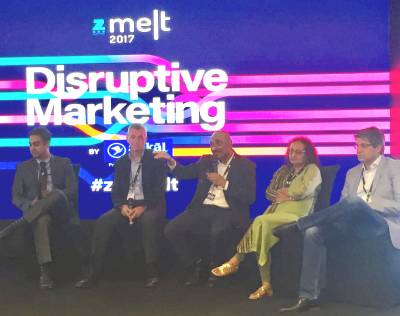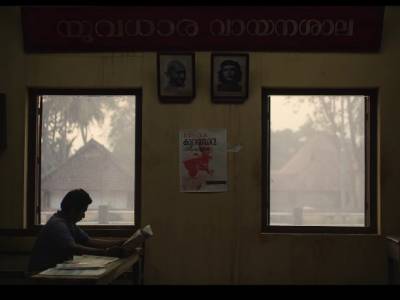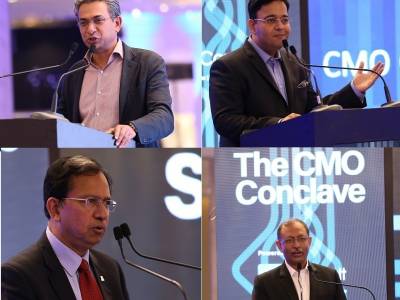Zee Melt 2017: Industry experts navigate the world of programmatic TV
As TV consuming habits change, new avenues are explored both from the standpoint of technology and innovation. At this juncture, when there is convergence of knowledge and technology across media, Programmatic TV is the gateway to success for TV advertising industry.
Programmatic in television refers to traditional television and Video on Demand distributed by cable operators and satellite networks. Programmatic advertising has predominately been used in digital media and proven to be highly accountable and extremely effective for the advertiser.
Zee Melt 2017 saw a gripping debate on Day 1 on whether programmatic will be able to reinvent TV advertising? The Panel was moderated by Bhaskar Das, President and Chief Growth and Innovation Officer, Zee Unimedia. The panelists included Tarun Katial, CEO, Reliance Broadcast Network Limited; Anita Nayyar, CEO - India & South Asia at Havas Media; Nick Burfitt, Global Director & MD - APAC, Kantar Media; Neel Murthy, Product Sales Specialist, Apps & Display at Google; and Rajendra Khare, Founder, Chairman & Managing Director SureWaves. SureWaves MediaTech had announced its programmatic Television Advertising Marketplace – ‘Skynet’ – in India last month by trying programmatic in television in the southern parts of India.
Bhaskar Das kicked off the session with an important question on where programmatic stood in the Indian context. While stating that programmatic has brought accountability and return on investment (ROI) as well as put quantity over quality, Tarun Katial noted that a lot of quantity buyers had not actually delivered anything substantial. “We are not in the business of accumulating GRPs, but selling our product and connecting with our consumers. A brand is eventually in the business of building communication. That cannot be subjected to just numbers of CPRP or GRP number as there is more to media buying than just numbers,” he said.
While explaining that is very important to understand programming in television first as it is very confusing but far more understood in the digital domain, Anita Nayyar remarked that applying programmatic in television is going to be very difficult because programmatic in the digital domain has a production inventory which is not available in television at all as digital is the buyer’s market. “When we talk about programmatic whether in digital domain or traditional television domain, it is all about audience planning now,” she noted.
Agreeing with Tarun Katial and Anita Nayyar that it can’t be just quantity in programmatic but it has to be quantity with quality, Rajendra Khare was of the opinion that any meaningful programmatic solution has to be able to prefer quality buying and make it simple. In the traditional television media, a lot of buying happens wherein it is pre understood that this is what the broadcaster wants to see and this is what the buyer side of agency has agreed to buy or wants to buy.
Nick Burfitt ascertained that programmatic has various definitions and it is an opportunity for the television industry to fight back against digital, which is accountable, countable, automated and measurable. For television to have all those measurements, programmatic will help in achieving it.
When asked why broadcasters should take up programmatic, Tarun Katial affirmed that, “Programmatic has its advantages and is a progressive step towards CPRP and GRP buying, but I firmly believe there will always be enough room for human intelligence and quality picks that you do or decide to make on daily basis for you to be able to deliver pure quality impact. Fortunately or unfortunately, India does not practice Programmatic Television yet and we do not have firsthand experience to decide whether we like it or not.”
While Rajendra Khare observed that programmatic is not just about numbers and that it will do really well for the television market, Neel Murthy considered programmatic to be a small piece of the puzzle that the industry is trying to solve in India and so it will be worth watching how things unfold for programmatic in television.
On a concluding note, Anita Nayyar said, “Despite programmatic in digital still being in its early stages today in a lot of parts of the country, when it hits television, agencies will be freed of time as things will be automated and clients will be happy. If we were to adapt it, I don’t know if and how it will happen, but it will make everyone happy.”














Share
Facebook
YouTube
Tweet
Twitter
LinkedIn